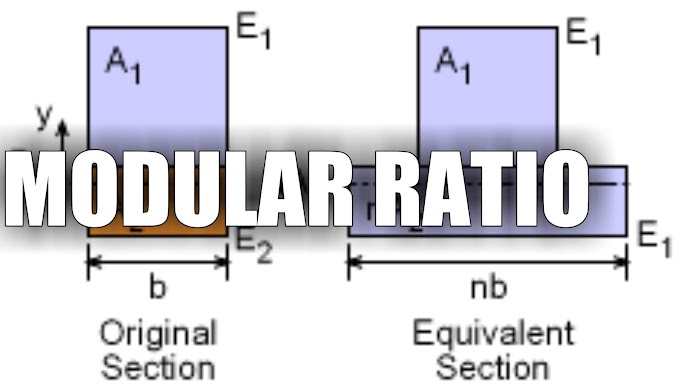For civil engineering professionals and students, understanding the mechanical properties of materials is crucial. This knowledge forms the foundation for analyzing and designing structures and materials under stress. In this post, we'll explore the core mechanical properties: Young's modulus (E), modulus of rigidity (G), bulk modulus (K), and Poisson's ratio (ν).
Young's Modulus (E)
Young's modulus, or modulus of elasticity, represents the stiffness of a material and is defined as the ratio of stress (force per unit area) to strain (proportional deformation in an object).
Equation: E = σ/ε
Modulus of Rigidity (G)
The modulus of rigidity, also known as shear modulus, indicates how a material deforms under shear stress.
Equation: G = E / [2(1 + ν)]
Bulk Modulus (K)
The bulk modulus measures a material's compressibility under uniform pressure.
Equation: K = E / [3(1 - 2ν)]
Poisson's Ratio (ν)
Poisson's ratio indicates the ratio of transverse strain to axial strain in a material under stress.
Equation: ν = -εtrans/εaxial
Relationships Among E, G, K, and ν
These mechanical properties are interconnected and understanding their relationships is key to the study of material behavior in civil engineering.
- G = E / [2(1 + ν)]
- K = E / [3(1 - 2ν)]
- E = 9KG / (3K + G)
Mastering the concepts of Young's modulus, modulus of rigidity, bulk modulus, and Poisson's ratio is fundamental for civil engineers, particularly when preparing for exams like GATE and ESE, as it helps in the structural analysis and design of materials.






0 Comments